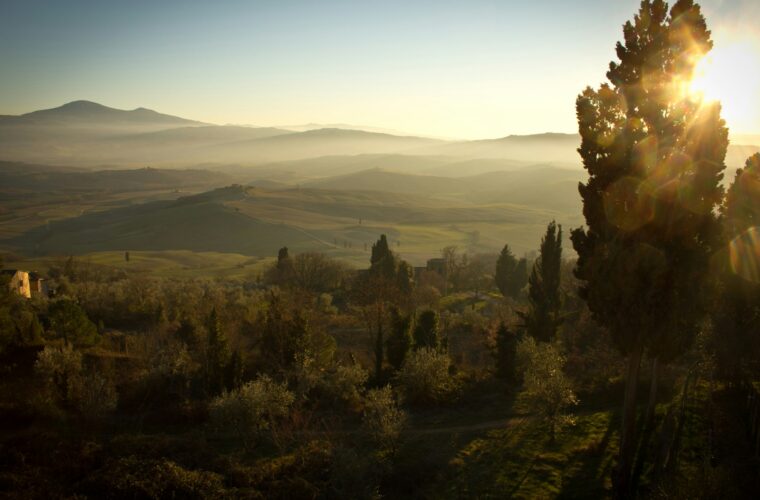Dodo: In a world where the line between fantasy and reality grows fainter, revolutionary breakthroughs in biotechnology are unlocking marvels once relegated to the realms of cinematic wonder. Think Jurassic Park was just a silver-screen spectacle? Think again. We’re on the brink of turning celluloid dreams into real-life magic. Colossal Biosciences stands bold and audacious at this pioneering frontier, turning back the clock on extinction and igniting both admiration and debate worldwide. Dive into this thrilling saga of ambition and innovation as Colossal Biosciences seeks to resurrect history’s lost chapters.
Dodo’s return: a glimpse from the past
In an ambitious leap of modern science, the Dodo, the Mauritian bird declared extinct in the 17th century, may soon witness a renaissance. If successful, it will be courtesy of advanced gene-editing techniques that allow researchers to glean from the Dodo genome and breathe life into its living relative.
The genome of the enigmatic Dodo bird has been meticulously sequenced. Surprisingly, the closest living relative to the Dodo is the Nicobar pigeon. These groundbreaking revelations stem from the brilliant minds at Colossal Biosciences, a leading genetic editing company that has also attempted to resurrect species like the woolly mammoth and thylacine.
Yet, the Dodo poses unique challenges. This is their first avian endeavour, which requires special adjustments to their genetic editing tools to work on external avian eggs.
Technical strides and hurdles
An exciting proposition in this venture is the potential for bypassing some ethical dilemmas. Unlike their work with mammals, the Dodo’s resurrection will not require multiple pregnancies, making the process potentially less intrusive. However, this feathered journey has its pitfalls. Genetic editing on birds remains largely uncharted territory.
Beth Shapiro, a trailblazer in paleogenetics at Colossal Biosciences, has been captivated by the Dodo since her academic days at Oxford, where the remains of one of the original specimens are meticulously preserved. She, however, emphasizes caution, noting that the reborn Dodo would merely be a reflection, not an exact replication of the lost species.
Conservation or recreation: a balancing act
As much as the project excites scientists and enthusiasts, it equally stirs controversy. The implications of this research could be revolutionary for endangered species, offering insights to help in their preservation. Yet, many in the scientific community question the wisdom and utility of such ventures.
Prof. Ewan Birney, Director of the European Bioinformatics Institute and prominent figure in molecular biology, acknowledges the grandeur of the iconic Dodo but asks the pressing question – “should we divert resources to resurrect the past instead of conserving the present?”

Despite the challenges and naysayers, Colossal Biosciences remains undeterred. CEO Ben Lamm envisions a future where recreated Dodos could be reintroduced in their native habitat in Mauritius. Beyond the Dodo, the research promises to herald groundbreaking techniques to help species adapt and thrive in our rapidly changing world.
The quest to revive the Dodo is more than just a scientific endeavour. It reflects humanity’s fascination with the past, our present capabilities, and our future aspirations. Only time will reveal whether this bird, once lost to history, will flap its wings again in the skies of Mauritius.



